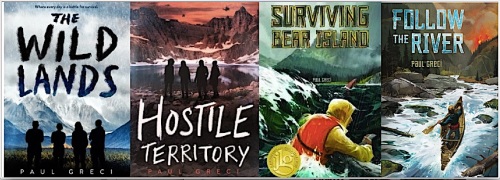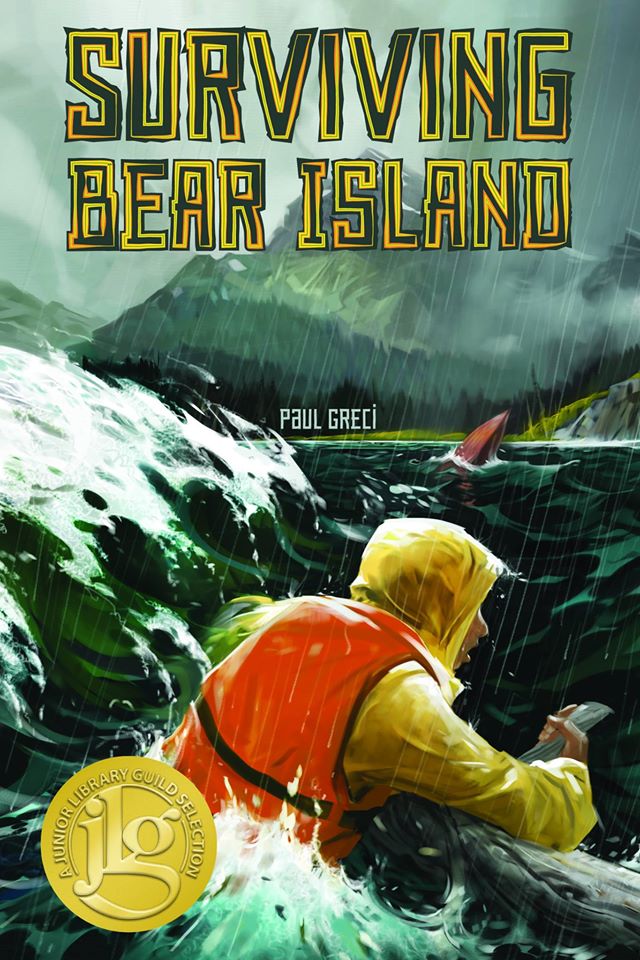 Recently an author friend who was scheduled to speak at a school asked for my input on how to connect with both struggling and reluctant teen readers—the student population I worked with for fifteen years. (Currently I am a Special Education Teacher for grades K to 3).
Recently an author friend who was scheduled to speak at a school asked for my input on how to connect with both struggling and reluctant teen readers—the student population I worked with for fifteen years. (Currently I am a Special Education Teacher for grades K to 3).
I realize that different teachers will have different styles and also may be somewhat limited in what their school will allow them to do. Given that, here are some things that worked for me in my classroom full of 13 to 19 year-old struggling and reluctant readers.
1. Read out loud to your students w/out requiring them to follow along. Just require that they listen. Make sure it is a good book or short story with a lot of action. Make sure you know how to read out loud. Nothing kills a story easier than a reader who hasn’t taken the time to hone up on their read aloud skills.
2. Have quiet reading time every day at the same time where the students can choose what they want to read. Do not require them to keep a reading journal. No strings attached, just read a book, the newspaper, a magazine, whatever. (My goal is to eventually get them to read books but forcing that up front creates the opposite result. They need to choose it.)
3. Have a wide variety of books available and be an expert on what those books are by having read many of them yourself. You want your students to have confidence in you as someone who knows what they are talking about when it comes to books.
4. Do frequent book talks/teasers where you read a snippet and talk a little about the author or story and then make the book available.
5. Bring the books in that you are reading and share them.
6. As the teacher or person in charge, you also need to read during the silent reading time. This shows your students that you value reading. And, if other adults happen to be in your classroom during silent reading time, they need to read too.
7. Let kids stop reading a book if they want to, just like us adults do when we want to.
8. If you have a book in a series, make sure you have the rest of them. (I once had a student eat up 13 books in a series he started.)
9. If a student is having trouble connecting with a book, hand-pick a few based on what you know about him and set them on their desk. This personal touch goes a long way.
10. If you see a student is really engrossed in a certain book you might mention another book that is related or similar when they are almost finished.
11. If a student actually wants to read a book that they’ve already read, let them.
12. Bottom line—you have to meet the kids where they are and not try to impose some program on them and expect them to fit into it.
13. Allow your students the time to develop into readers. Every time you get into a power struggle with a kid about reading you are potentially driving them away from reading because of that negative experience.
Thanks for stopping by. I’d love to hear your thoughts.

Paul Greci is the author of The Wild Lands (Macmillan 2019) and Surviving Bear Island (Move Books 2015), a 2015 Junior Library Guild Selection and a 2016 Scholastic Reading Club Selection, Hostile Territory (Macmillan Jan. 28, 2020), and Follow the River (Move Books Summer 2021), a 2021 Junior Library Guild Selection . You can order all of Paul’s books here.
Read Full Post »







 Recently an author friend who was scheduled to speak at a school asked for my input on how to connect with both struggling and reluctant teen readers—the student population I worked with for fifteen years. (Currently I am a Special Education Teacher for grades K to 3).
Recently an author friend who was scheduled to speak at a school asked for my input on how to connect with both struggling and reluctant teen readers—the student population I worked with for fifteen years. (Currently I am a Special Education Teacher for grades K to 3).









